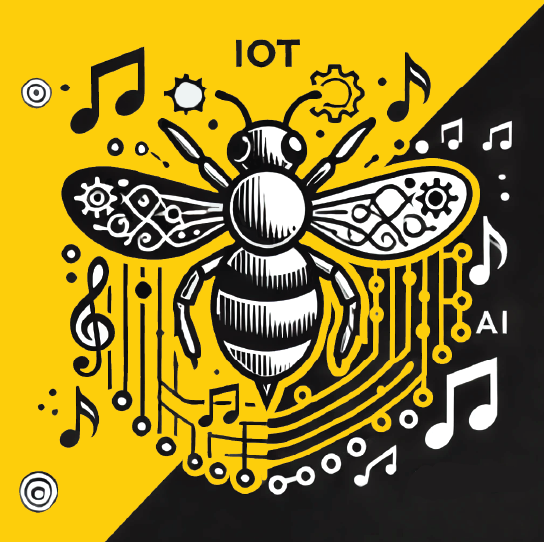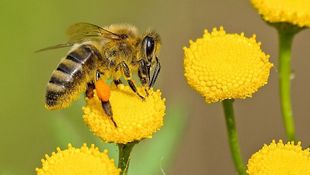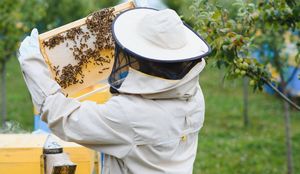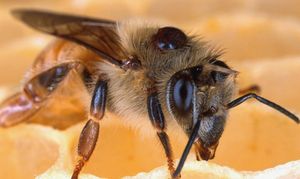OCELLUS SOLUTIONS
Bees are Talking, We're Listening
The health of honey bees is declining at a time when our food supply needs them most.

What if we could understand the signals bees give us—before it's too late?
At Ocellus Solutions, we listen to honey bees—literally. Our team is developing a noninvasive, open-source monitoring system that captures and analyzes the subtle sounds, temperatures, and rhythms of life inside a hive. It’s a tool built for beekeepers, designed by scientists, and meant to help all of us better support the species that supports so much of our ecosystem.
One in every three bites of food we eat depends on pollinators.
How do you protect something you don’t fully understand?
Honey bees are vital to agriculture, biodiversity, and food resilience. Yet beekeepers face increasing pressures, with traditional inspection tools that often provide too little information, too late. We're building a new way to monitor hives—quietly, continuously, and with precision—so that early signs of stress don't go unnoticed.
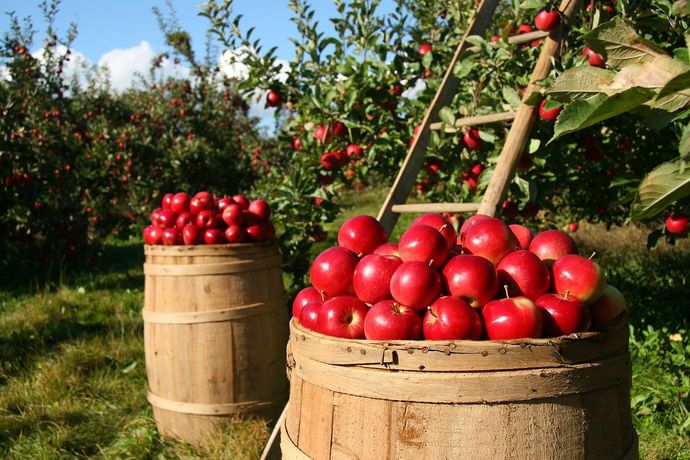
Honey Bees are the Bees' Knees!
Honey bees live in highly complex societies where remarkable biology and collective intelligence sustain life worldwide. They design perfect hexagonal cells, communicate through dance, and maintain precise hive temperatures—all while pollinating one-third of our food supply. With Ocellus Solutions, you'll discover how innovation will protect these essential pollinators from mounting threats.
51-62%
percent of hobbyist to commercial beekeepers' colony loss in 2024.
$20 billion
the amount that honey bees are estimated to contribute to the US economy each year.
Modern beekeeping is more complex than ever.

Can traditional tools keep up with new risks?
From backyard hives to large-scale migratory operations, beekeepers are the stewards of some of the world’s most important livestock. But pests, climate extremes, and changing agricultural landscapes make early intervention harder than ever. Learn how hive management is evolving, and how our technology aims to support—not replace—the hands-on expertise of beekeepers.
Parasites, pesticides, and environmental instability are pushing colonies toward collapse.

Which of these threats can be detected before the damage is done?
There are an extraordinary number of threats honey bees face during the course of their already, brief life span. Mites, moths, beetles, agricultural grade insecticides, pesticides, nematicides, garden weed killers, air pollution and climate change - it's a dangerous world out there.
Our research intends to identify subtle changes in sound, weight, and internal conditions that signal colony stress long before visible signs appear. With real-time data and smart alerts, we believe it’s possible to act earlier and more effectively to protect hive health.
Our Mission and Values
We’re investing time, resources and talent in tools that serve – not sell.
We are committed to advancing both science and practice. Our team shares findings through peer-reviewed publications, industry magazines, and scientific conferences to contribute meaningful insight into honey bee health. The system we’re developing is open-source, field-tested, and designed as a public-good tool—accessible, affordable, and rooted in collaboration rather than commercial gain.
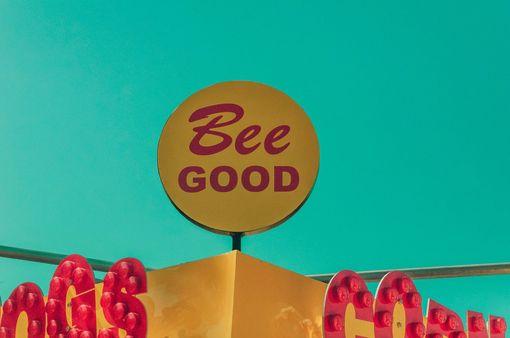
We’re creating a tool that listens when bees speak.

What do these sounds mean — and how can they help us intervene in time?
We’re developing an acoustic and environmental monitoring system that decodes patterns in hive behavior using machine learning and decades of apicultural science. This isn’t surveillance—it’s conversation. Our goal is a practical, open-source app that interprets colony signals and gives beekeepers real-time insights they can use in the field.
Our research team brings together disciplines that rarely share the same room.
What happens when experts in bees, machines, and materials join forces?
Our team includes globally respected entomologists, Apis mellifera biologists, apiculture educators, acoustic engineers, machine learning researchers, and industrial designers. Together, we are building tools that are scientifically grounded, field-tested, and built with a deep understanding of both honey bee biology and the practical realities of beekeeping.
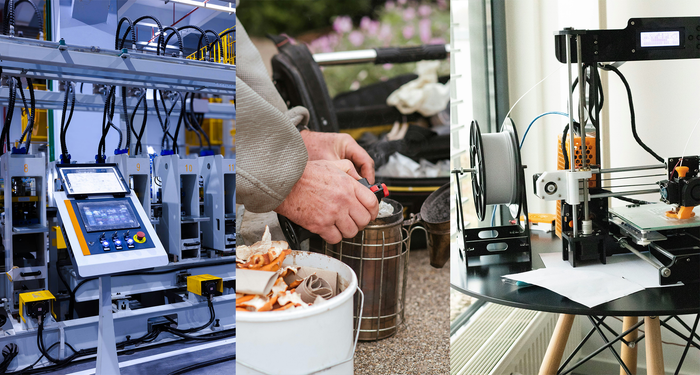
Bees are trying to tell us something.
Are we ready to listen - and act?
Whether you’re a beekeeper, researcher, or someone who believes in pragmatic, science-driven action, we invite you to join us. Explore the science, share your insights, or support the future of healthy hives.
